Health and Wellness Trends
The growing focus on health and wellness is influencing consumer choices in the ambient food-packaging market. As more individuals prioritize nutritious options, there is a rising demand for products that are not only convenient but also align with health-conscious lifestyles. Data indicates that the market for healthy packaged foods is expanding, with a projected growth rate of 6% annually. This shift is prompting manufacturers to reformulate products and invest in packaging that highlights nutritional benefits. Additionally, the ambient food-packaging market is adapting to include clear labeling and transparency regarding ingredients, which resonates with consumers seeking healthier alternatives. This trend underscores the importance of aligning product offerings with consumer health priorities, thereby driving market growth.
E-commerce Growth and Online Shopping
The rapid growth of e-commerce is significantly impacting the ambient food-packaging market. As online shopping becomes increasingly prevalent, consumers are seeking packaged foods that are easy to transport and store. This shift has led to a surge in demand for packaging solutions that are not only functional but also visually appealing to attract online shoppers. Recent statistics suggest that online grocery sales in the US are expected to reach $100 billion by 2025, highlighting the importance of effective packaging in this channel. Companies are responding by developing packaging that ensures product integrity during shipping and enhances the unboxing experience. Consequently, the ambient food-packaging market is likely to see continued innovation in packaging design to cater to the evolving preferences of online consumers.
Rising Demand for Shelf-Stable Products
The ambient food-packaging market is experiencing a notable increase in demand for shelf-stable products. This trend is driven by consumers' preference for convenience and longer shelf life, which aligns with busy lifestyles. According to recent data, the market for shelf-stable foods is projected to grow at a CAGR of approximately 5.5% over the next five years. This growth is indicative of a broader shift towards products that require minimal refrigeration, thereby reducing energy costs and waste. As consumers seek out options that offer both convenience and longevity, manufacturers are increasingly focusing on innovative packaging solutions that enhance product preservation. The ambient food-packaging market is thus positioned to benefit from this rising demand, as companies adapt their offerings to meet consumer expectations for quality and convenience.
Technological Advancements in Packaging
Technological advancements are playing a crucial role in shaping the ambient food-packaging market. Innovations such as improved barrier materials and advanced sealing techniques are enhancing the shelf life and safety of packaged foods. For instance, the introduction of modified atmosphere packaging (MAP) has been shown to extend the freshness of products significantly. The market is also witnessing the integration of smart technologies, which allow for real-time monitoring of product conditions. These advancements not only improve the quality of food but also reduce spoilage rates, which can be as high as 10% in some categories. As technology continues to evolve, the ambient food-packaging market is likely to see increased investment in research and development, further driving growth and efficiency in packaging solutions.
Regulatory Compliance and Food Safety Standards
Regulatory compliance and food safety standards are critical drivers in the ambient food-packaging market. As food safety regulations become more stringent, manufacturers are compelled to adopt packaging solutions that meet these requirements. Compliance with standards set by agencies such as the FDA is essential for ensuring product safety and consumer trust. The ambient food-packaging market is witnessing an increase in demand for materials that are not only safe but also sustainable, as regulations increasingly emphasize environmental responsibility. This trend is prompting companies to invest in research and development to create packaging that adheres to safety standards while minimizing environmental impact. As a result, the ambient food-packaging market is likely to experience growth as businesses align their practices with regulatory expectations.


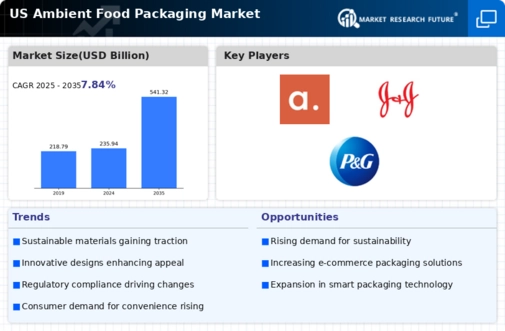
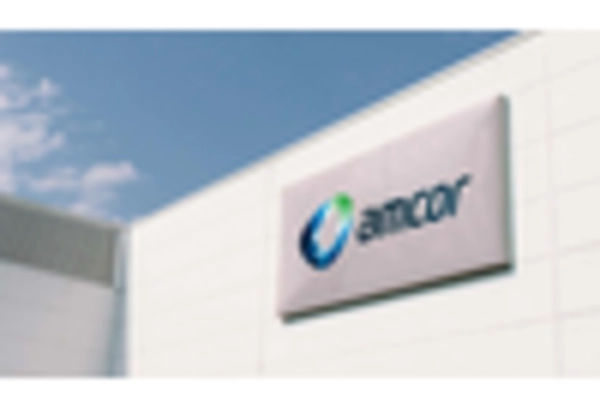
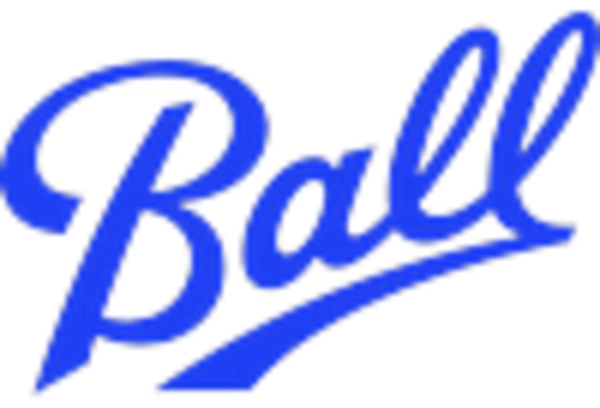
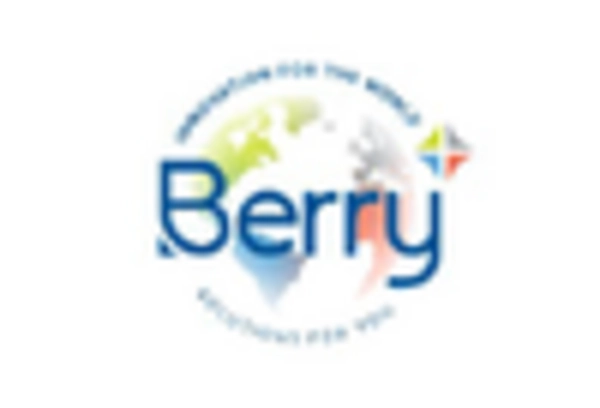

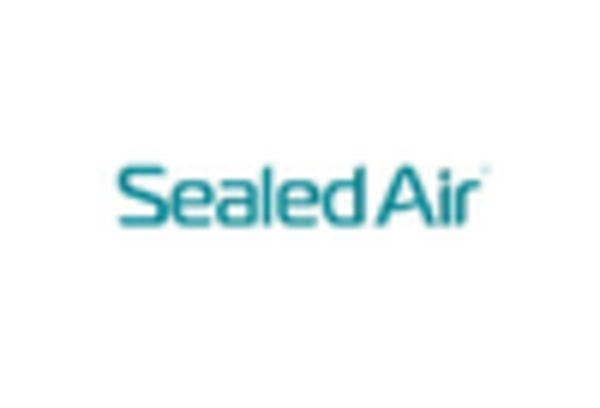
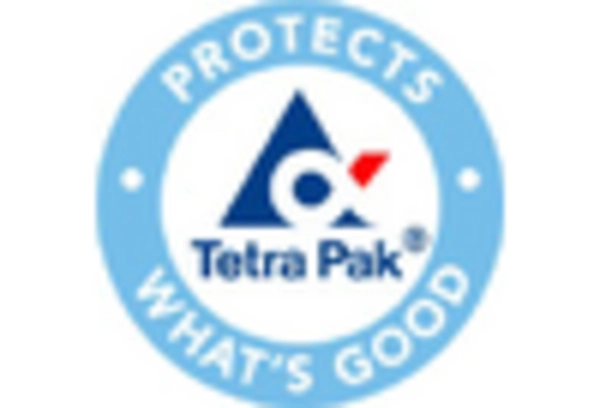








Leave a Comment